Inconel 600 | AISI 600 | Alloy 600 | EN 2.4816 | DIN NiCr15Fe | Nicrofer 7216 | Sanicro 70 | UNS N06600 is an alloy created for use in service conditions in cases where high corrosion resistance is required, at the same time as high temperature endurance - high heat resistance.
It contains a huge amount of nickel. Due to the high concentration of nickel in the alloy, it acquires resistance to the effects of a large number of compounds, including highly aggressive ones. This alloy is practically inert to chloride exposure, and the presence of chromium ensures a neutral reaction in sulfur environments, oxidation, resistance to aggressive compounds and high temperatures.
The alloy is resistant to a large group of corrosive environments. The chromium content gives the alloy high resistance under oxidizing conditions. At the same time, the high nickel content provides good resistance under reducing conditions and alkaline solutions. The alloy is insensitive to corrosion cracking caused by chlorine ions.
It exhibits satisfactory resistance to mineral acids and good resistance to acetic, formic, stearic and other organic acids. The alloy has excellent resistance to high-purity water, such as that used in the primary and secondary cycles of nuclear reactors cooled by pressurized water.
Minimal corrosion may occur at room and elevated temperatures in dry gases such as chlorine or hydrogen. At temperatures up to 650°C in these environments, this alloy has been found to be the most resistant of all commonly used alloys.
At high temperatures, the alloy exhibits good resistance to scale in the annealed state and after diffusion annealing, simultaneously with high strength.
Resistant to ammonia atmospheres, as well as to nitrided and carbureted gases. Under variable oxidizing and reducing conditions, the alloy may undergo selective oxidation (green rot).
Welding
Inconel 600 can be welded or welded to other materials using most conventional welding methods. These methods include conventional tungsten welding, arc welding, or gas shielded welding. Arc welding is preferred. For gas shielded welding, the use of a multi-component shielding gas is recommended. When selecting coated rod electrodes, electrodes with identical chemical composition to the base material are preferred.
Chemical composition of the alloy Inconel 600 | AISI 600 | Alloy 600 | EN 2.4816 | DIN NiCr15Fe | Nicrofer 7216 | Sanicro 70 | UNS N06600 | |||||||
| Ni | Cr | Cu | Mn | C | Si | S | Fe |
| >72,0 | 14,0-17,0 | <0,50 | <1,00 | <0,15 | <0,50 | <0,015 | 6,0-10,0 |
Density of Inconel 600 alloy = 8.47 g/cm³
Features and benefits
- excellent weldability;
- resistance to chemically aggressive substances;
- neutrality to chlorine ions - resistance to stress corrosion damage;
- neutrality to magnetization;
- high mechanical resistance;
- high strength.
- good oxidation resistance;
- resistance to carburization, nitriding;
- good resistance to stress corrosion cracking at room and elevated temperatures;
- good resistance to hydrogen chloride;
- excellent mechanical properties at low, room and elevated temperatures;
- other.
Applications
- chemical industry;
- aerospace industry;
- heat treatment;
- pulp and paper industry;
- food processing;
- nuclear industry;
- oil and gas industry (gas turbine components);
- thermocouples;
- protective tubes resistant to carburized and nitrided atmospheres;
- tubes resistant to carburization, chlorine, hydrogen chloride and oxidation;
- conversion of uranium oxide to hexafluoride by hydrofluoric acid.
- production of caustic alkalis, especially in the presence of sulfur compounds;
- reactors and heat exchange tubes in the manufacture of vinyl chloride;
- parts of devices for the production of chlorinated and fluorinated hydrocarbons;
- in nuclear reactors for such parts as control rod envelope tubes, reactor vessels and seals, steam dryers and separators in boiling water reactors. In pressurized water reactors they are used for the control rod guide tube, steam generator tubes, support structures in the pressure vessel and steam generator baffles, etc.;
- seals in the furnace body;
- fans and linings resistant to furnace atmospheres;
- transport pipes;
- nozzles and other built-in elements in industrial furnaces.

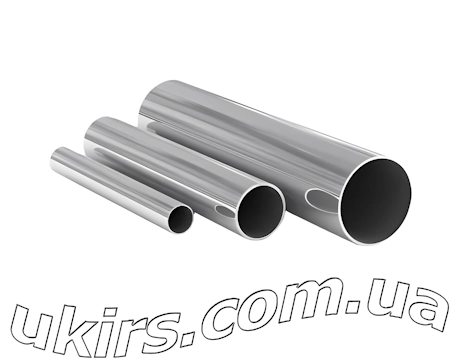 Stainless Steel Round Pipe
Stainless Steel Round Pipe 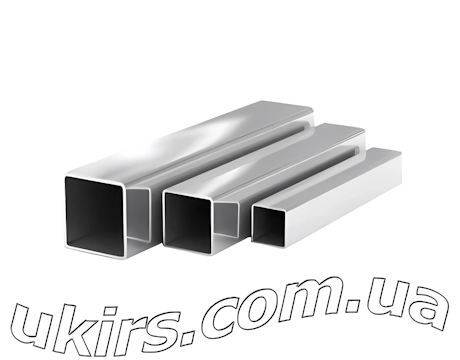 Stainless Steel Square Pipe
Stainless Steel Square Pipe 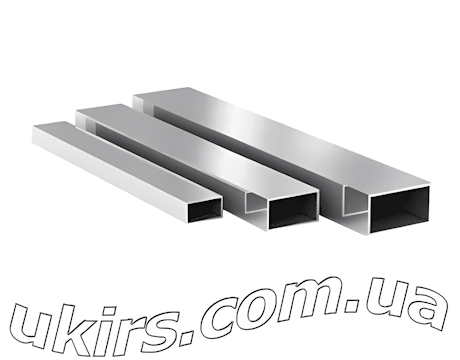 Stainless Steel Rectangular Pipe
Stainless Steel Rectangular Pipe 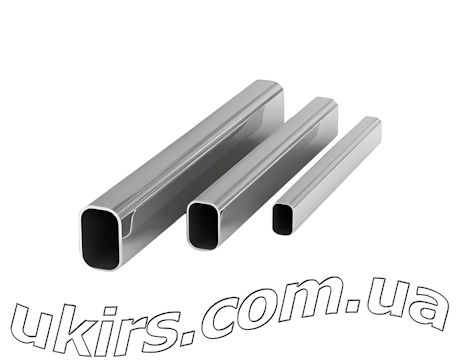 Stainless Steel Oval Pipe
Stainless Steel Oval Pipe 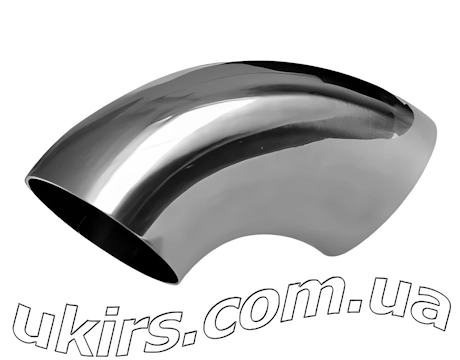 Stainless Steel Elbow
Stainless Steel Elbow 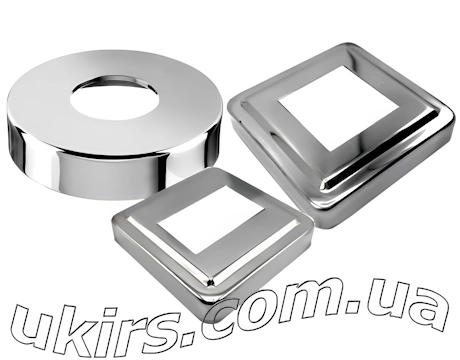 Stainless Steel Decorative Cover
Stainless Steel Decorative Cover 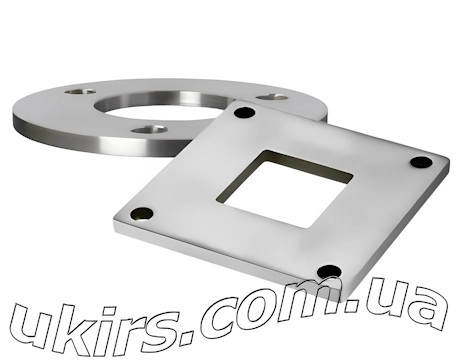 Stainless Steel Flange
Stainless Steel Flange 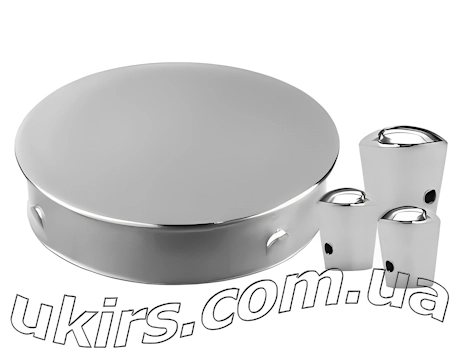 Stainless Steel Plug / Cap
Stainless Steel Plug / Cap 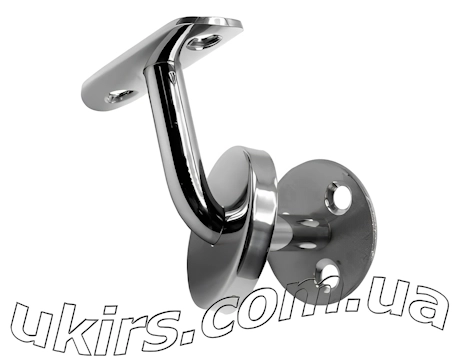 Stainless Steel Handrail Holder
Stainless Steel Handrail Holder